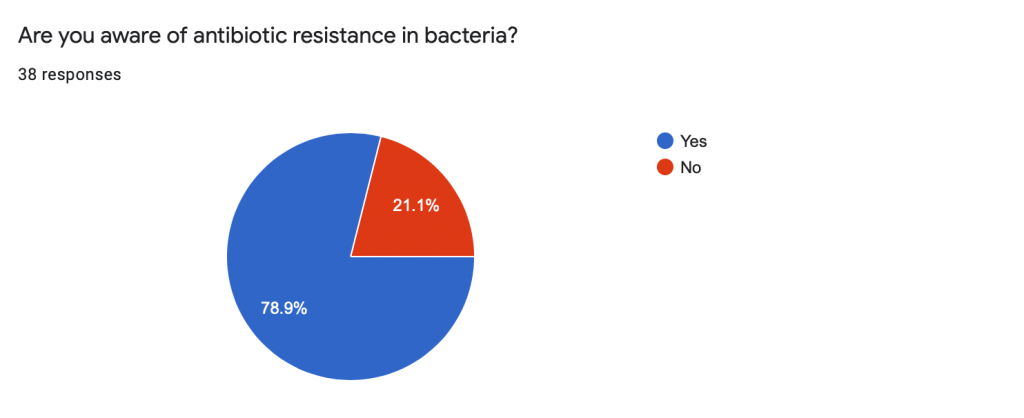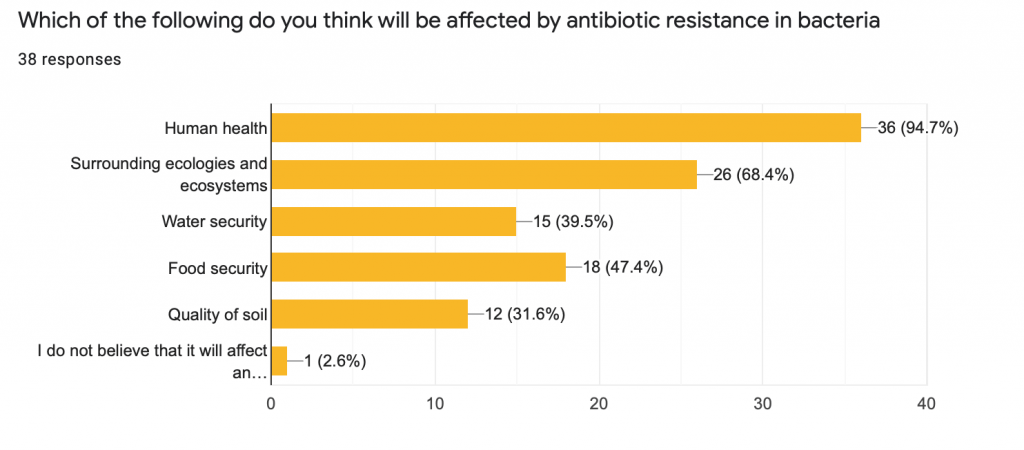Since dawn, philosophers have been trying to answer some of humankind’s toughest questions. What is life? Do we truly experience joy? Is there life after death? However, the hardest debate of all still lies within the following question: “Marvel or DC?”. Unfortunately, today’s post will not discuss which fictional universe is better than the other, instead, I will introduce you to a real life superhero – Antibiotic.
If you’re not familiar with the origin story of Antibiotic, I do recommend you to watch the following videos that wonderfully summarises its history, triumphs, and tribulations.
History of antibiotics
Development of antibiotic resistance in bacteria
Antibiotic has many superpowers and most powerful of all is its effective attacks against the villainous Bacteria, and because of this, Antibiotic has saved countless lives around the world. However, just like in every other superhero movie, the environment is often destroyed in the process of the battle (Yes this is what I focus on sometimes when I watch a movie).

Figure 1 (Source: Author)

Figure 2 (Source: Author)
Now, most of us are familiar with the concept of antibiotic resistance in bacteria (Figure 1) and its bio-environmental threats (Figure 2), but few know that pharma is a huge contributor to this issue. In fact, the management of pharmaceutical waste is poorly controlled and often times, not even documented. A 2017 UNESCO report states that “even in developed countries only 7.63% (9 out of 118) of drugs were removed by wastewater treatment processes with efficiency levels of over 95%“. Imagine how much worse these impacts are in developing countries or in communities that depend on the waters for sustenance and/or livelihood. In Hyderabad, India, 95% of the specimens of waters collected already contain copious amounts of microbial resistant to antibiotics. No wonder our patient is so sick, the much stronger mutated Bacteria has contaminated Earth’s waterways!
Moreover, whatever I’ve presented solely focuses on the effects of antibiotics on our environment. What about the other drugs released into the waters?
Diabetic medications, like metformin, causes the feminisation and under-development of male fishes which not only jeopardises the population of the entire species, but also has the potential to disrupt major food chains.
Cytotoxic drugs used to treat cancer patients, like 5-fluorouracil, were recently detected in water bodies around urban areas and while evidence of its effects on humans are still unfounded, small amounts of this potent chemicals are proven to have carcinogenic and damaging consequences on the environment and the human body. Furthermore, most of the cytotoxic drugs administered are non-biodegradable and will likely remain in Earth’s vessels for a considerable amount of time, only to increase in concentration if the status quo prevails.
Considering the variety of drugs available and manufactured, the magnitude of disastrous ramifications are limitless! Coupled with loose regulations and a lack of supervision, it is difficult to fully diagnose Earth and prescribe a solution. The only way forward is for corporations and government to tighten measures and invest in research to treat their wastewater.
I apologise for ending on such a discouraging note but do join me next week as we look into how our individual actions with our prescribed drugs affect the Earth. See you!
Sarah-Ann Tham
September 18, 2020 — 10:28 pm
Hi Chuan, I learnt a little bit of medicinal chemistry a while back so I found your blog topic very interesting! Something that scientists do to combat antibiotic resistance is to modify the side-chain R groups of the penicillin antibiotic so that the new modified penicillin is not vulnerable to mutated bacteria. This is great, but some people will still continue to misuse antibiotics despite warnings. If scientists have to keep modifying the bacteria just to fight resistance, it’s going to be an endless cycle. Do you think we will ever fully solve the problem of antibiotic resistance? I’d love to hear your thoughts.
yinchuan
September 25, 2020 — 1:49 pm
Hi Sarah,
I was unaware about the chemical modifications done to drugs to combat antibiotic resistance, thank you so much for sharing!
Personally, I don’t think we will ever be able to solve this issue. Evolutionarily speaking, bacteria will almost always eventually mutate and develop some form of resistance to their threats. In the context of public health, I think that there is a limit to how far we can create different permutations of antibiotics to combat bacterial infections. However, what we can do is actively learn how to properly use and dispose of the drug, and this applies not just to individuals, but corporations as well. Bacteria themselves play a lynchpin role in the ecosystem, so as long as we ensure that the ecosystems are unaffected by our decisions, we should be able to control the anthropocentrically induced development of antibiotic resistance.
Hope this answers your question!
ENV3102
September 28, 2020 — 12:41 pm
Hi Chuan & Sarah-Ann,
Great Q & reply. I wonder, considering that when animals ingest antibiotics, we excrete them and when we use them on our skin, we wash them off and they go down the drain…
What would this “proper disposal” look like ?
I mean, numerous studies demonstrate the failure of wastewater treatment systems around the world to remove drugs before treated water enters receiving waters.
You don’t have to answer, because I suspect the answer isn’t easily obtainable… I’m just saying that maybe there is no such thing.
What do you think ?
jc
ENV3102
September 21, 2020 — 11:20 am
Hi Chuan,
For the sake of clarity, could I please ask you to publicly address the following…
“…the magnitude of disastrous ramifications are limitless! Coupled with loose regulations and a lack of supervision.”
Specifically, ‘limitless’ seems (to me at least) like a fairly gross exaggeration, and “lack of supervision” is problematic because, as your post suggests, researchers are studying and monitoring the issue, so there is supervision.
Thanks,
jc
yinchuan
September 22, 2020 — 9:58 pm
Hi Dr Coleman,
The use of “limitless” was meant to be slightly hyperbolic but even so, to me, that does seem like the case. To predict and test how every chemical and drug found in deposited wastewater will affect different organisms and ecosystem will take not just a really long time, but will also use up plenty of resources. Furthermore, to anticipate how different combinations of chemicals will interact and illicit various responses will be a near impossible task. Moreover, even if all these effects can be computed, to fully understand how they will impact us (humankind), we need to predict how this will influence economies, communities that depend on waterways, politics and many more issues.
With regards to the “lack of supervision”, I wanted to highlight the lack of initial management from “global authorities like the Food and Drug Administration and the European Medicines Agency” apropos to pollution rather than that from the scientific community. If there is already failure in environmental management from direct faculties in charge of pharmaceuticals, it will be even more complex to fully comprehend how pharma is impacting the Earth.
Hope this clears any doubts and thank you for allowing me to clarify these terms better.
– Yin Chuan
ENV3102
September 28, 2020 — 12:42 pm
That does clarify things – thanks a lot, Chuan for offering such a great reply.